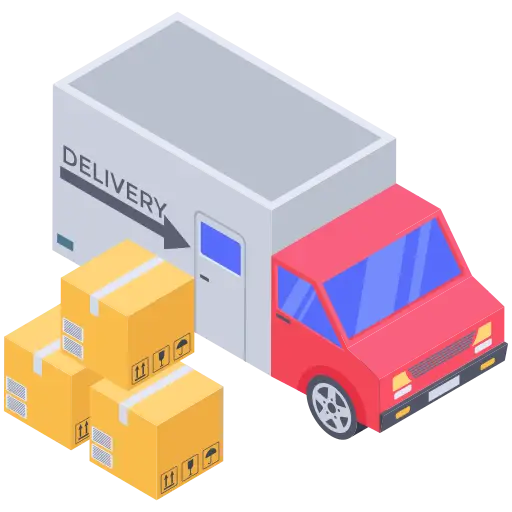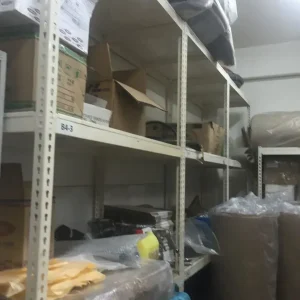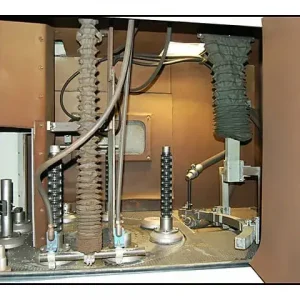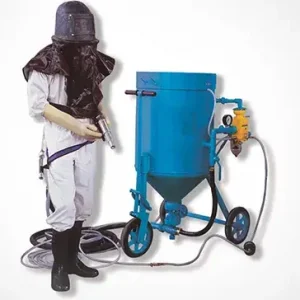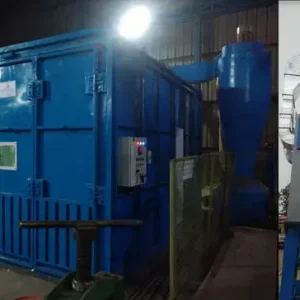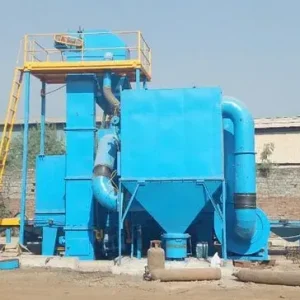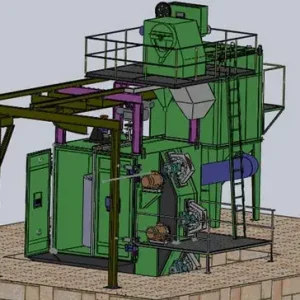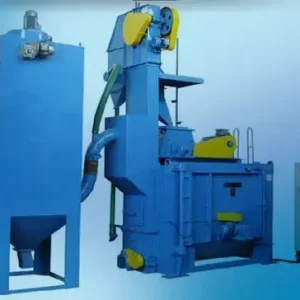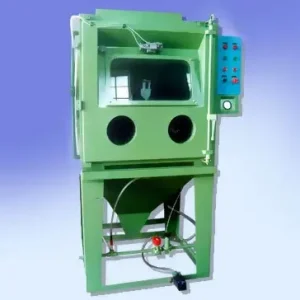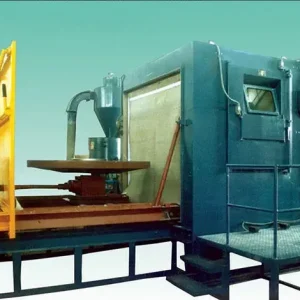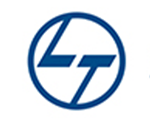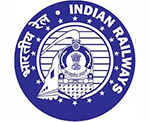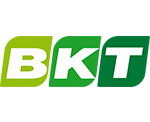By AeroWheel Surface Finishing
When it comes to achieving consistent and high-quality surface preparation, simply owning a shot blasting machine isn’t enough. What really makes the difference is how the machine operates—specifically its working pressure and blasting speed.
Whether you’re cleaning rusted components, preparing metal for powder coating, or peening high-stress parts, understanding how pressure and speed affect the process can help you:
- Improve finish quality
- Reduce abrasive consumption
- Minimize equipment wear
- Optimize overall productivity
At AeroWheel Surface Finishing, we help clients across India—especially in Rajasthan—tune their machines for the best results. Let’s break down what working pressure and speed mean, and why they matter in shot blasting.
What Is Working Pressure in Shot Blasting?
In air-blast systems, working pressure refers to the air pressure (measured in bar or psi) used to accelerate abrasive media through the nozzle.
In wheel-based systems (which most industrial shot blasting machines use), the term “pressure” is not as relevant. Instead, centrifugal force generated by blast wheels controls the blasting power.
So in wheel machines, the blast wheel speed (RPM) and media flow rate (kg/min) take the place of air pressure.
What Is Blasting Speed?
Blasting speed refers to how fast the abrasive particles strike the surface. This is typically determined by:
- The RPM of the blast wheel (for turbine/wheel blasters)
- The air pressure (for air blasters)
- The design of the impeller and control cage
Higher blasting speeds mean more kinetic energy, which results in:
- Faster cleaning
- Deeper surface profile
- More wear on components
Finding the right balance between speed and abrasive flow is the key to efficient operation.
Things to Consider When Setting Up a Blast Room System
Conquering the Grit: Why AeroWheel Surface Finishing Reigns Supreme in India's Shot Blasting Arena
Local Industries in Jodhpur Using Shot Blasting Technology
Why Do Speed and Pressure Matter?
| Parameter | Too Low | Too High |
|---|---|---|
| Blast speed | Incomplete cleaning, slow throughput | Over-cleaning, distortion, excess wear |
| Air/wheel pressure | Weak impact, poor surface profile | Damage to thin parts, noisy, high media loss |
| Abrasive flow rate | Patchy surface finish | Machine clogging, higher dust generation |
Correct speed and pressure improve:
- Surface roughness control
- Coating adhesion quality
- Shot peening intensity
- Machine lifespan
Ideal Speed & Pressure Settings (General Guidelines)
| Application | Wheel RPM / Air Pressure | Comments |
|---|---|---|
| Rust and scale removal | Medium speed (2200–2500 RPM) | Balanced cleaning with moderate impact |
| Paint/coating removal | High speed (2500–2800 RPM) | Requires aggressive cleaning |
| Shot peening (strengthening) | High speed + controlled flow | Needs specific energy levels |
| Surface preparation (coating) | Medium to high | Should match coating system requirement |
| Delicate parts | Low speed (1800–2000 RPM) | Avoid distortion or over-blasting |
For air blasting, typical pressures range from 4 to 7 bar (60–100 psi), depending on nozzle type and abrasive size.
Factors That Affect Blasting Speed and Effectiveness
- Blast Wheel Design
The number, angle, and size of blades affect the exit velocity and coverage. - Abrasive Size & Type
Larger grit hits harder but covers less area. Spherical shots offer smoother impact; angular grit is more aggressive. - Media Flow Control
Too much media reduces velocity; too little reduces coverage. Precision flow valves help maintain consistency. - Workpiece Material & Geometry
Thinner or softer materials require lower speeds. Complex shapes may need slower, multiple passes. - Machine Condition
Worn impellers, misaligned cages, or clogged separators reduce effective blast speed.
How AeroWheel Helps You Optimize Pressure and Speed
At AeroWheel Surface Finishing, we go beyond simply supplying machines. We help clients:
- Select the right wheel power and RPM
- Tune abrasive flow for efficiency
- Set up PLC-based automation for speed control
- Choose the right media size for target finish
- Train operators to handle variable settings for different jobs
We believe every shot blasting system should be calibrated not just for power, but for precision.
Conclusion
Understanding the working pressure and blasting speed of your shot blaster can dramatically improve performance, reduce costs, and extend equipment life. It’s not just about how fast you can blast—it’s about how accurately and consistently you can do it.
If you’re unsure about your current machine’s settings or performance, AeroWheel Surface Finishing offers expert evaluation, tuning, and upgrades to make sure your system is running at its best.
Need help optimizing your shot blasting line?
Contact us today for a site visit, demo, or consultation.

